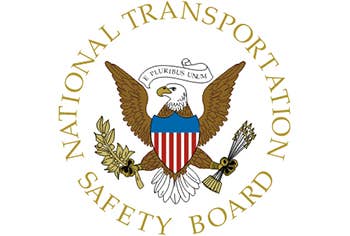
The following is an excerpt from official NTSB summaries of general aviation accidents in the United States.
_ _
NTSB investigators either traveled in support of this investigation or conducted a significant amount of investigative work without any travel, and used data obtained from various sources to prepare this aircraft accident report.
Cessna 172R
Wendover, Utah/INJURIES: 4 Fatal
About 2 hours after takeoff the pilot contacted air traffic control (ATC) services requesting that the controller identify his airplane on radar and provide him with location information. The controller provided the location information and vectors to the requested airport. A review of the ATC communications indicated that the pilot was unsure of his location and was low on fuel. At this point in the flight, the airplane's center of gravity (cg) was calculated to be 2.3 inches aft of the aft cg limit. Generally, as the cg moves aft beyond the aft limit there is an increasing likelihood that the airplane will enter a realm of decreasing pitch stability and have tail-heavy flight characteristics. The pilot attempted to land on a runway with an 80-degree crosswind that was 24 knots gusting to 28 knots. The airplane flew almost sideways down the runway and touched down on the runway several times before climbing back into the air. Surveillance video captured images of the airplane climbing above the runway; between 300 and 400 feet above ground level (agl) it made a right-hand turn, then plummeted vertically and impacted the ground. The sudden change from a 24-knot left crosswind to a 24-knot tailwind during the pilot’s execution of the right-hand turn towards the downwind leg of the landing pattern, combined with some pitch sensitivity due to the cg location, most likely induced an aerodynamic stall and subsequent loss of lift that was not anticipated nor compensated for by the pilot. A postaccident examination of the airplane revealed no evidence of mechanical malfunctions or failures that would have precluded normal operation. The pilot did not receive a weather brief from flight services, nor had he logged in to the Federl Aviation Administration's on-line flight planning system.
PROBABLE CAUSE(S): The pilot did not maintain adequate airspeed during the downwind turn resulting in an aerodynamic stall, in-flight loss of control, and spin. Contributing to the accident was the pilot’s inadequate preflight planning and exceedance of the approved weight and balance envelope.

Sign-up for newsletters & special offers!
Get the latest FLYING stories & special offers delivered directly to your inbox






